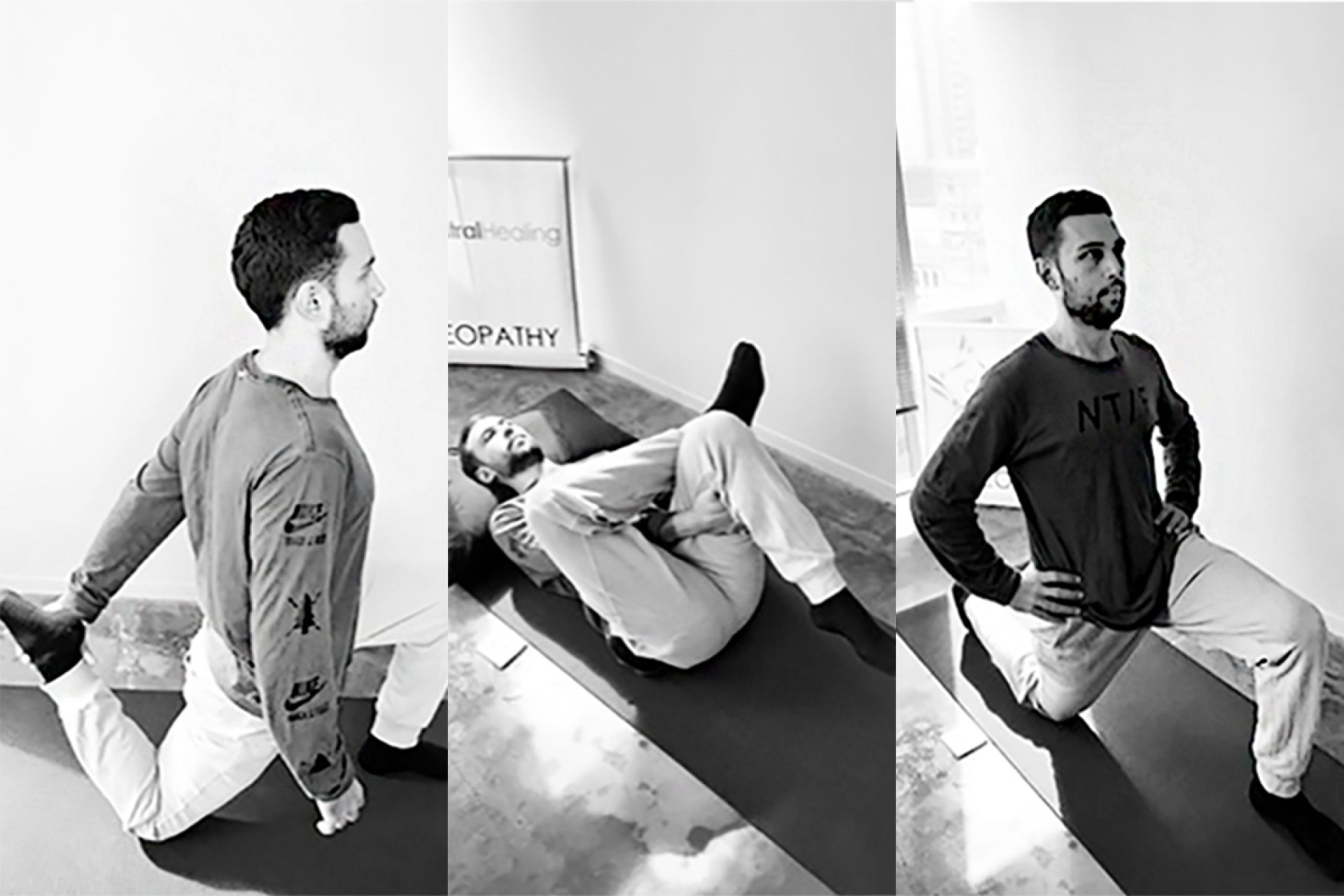
Alternative medicine to strengthen your body
You will be surprised by each human’s ability to self-heal. To activate these abilities, you have to combine your body, mind and spirit as a whole. We sit down with ms. Chung Sze Chan, a director/principal osteopath at Central Healing to learn more about treating your body in an osteopathic way.
Osteopathy treatment
“Osteopath is a type of manual therapy originating from the us, specialising in realignment of your muscles and bones by using a variety of different techniques ranging from deep tissue massage, mobilisation, bone manipulations to fascial unwinding.”
As a form of drug-free and non-invasive manual therapy, osteopathy is generally considered as a gentle treatment. However, “often people think osteopathy is too gentle, but we can treat in a very direct and deep method too. We have a wide range of techniques in our tool box and we will apply the best treatment that’s suited for each individual.”
Defining the source of your problem
Osteopathy looks deeper into your pains and finds out why they are happening or why they keep happening.
“If you have particular aches and pains, osteopaths are very good at finding the source of your problem and treating it. We can also help you identify the cause of the problem to prevent re-occurrence.” Says Chan Sze. “If you feel unbalanced in your body, e.g like when your jeans don’t hang evenly on your hips, we are also very good at fine tuning your posture, and help you rebalance.”
Different approaches to healing - osteopathy, chiropractic, physical therapy
The difference between osteopaths, chiropractors and physical therapists cause some confusion when we decide to have a consultation with a practitioner to ease our body pain. Osteopaths take a broader approach and treat a larger area while chiropractors and physical therapists tend to focus on treating specific pain-related parts.
“Every modality has their strengths. I like to think of osteopaths being more wholistic, as we aim to treat the body as a whole rather than just treating body parts that you are experiencing issues with. We also use a range of different techniques that treats your muscles, ligaments, joints and bones. All three modalities treat the same ailments so it is a matter of personal preference.”
Preventing potential injuries while riding
“Riders are very active athletes so having an osteopath session to release the deep muscle tightness in your back, gluts and legs whilst realigning the spine will not only maximise your performance but prevent any potential injuries.” Says Chan Sze.
She suggests to spare some time after an intensive workout to stretch and foam roll muscles that you have just worked. Muscles shorten after every workout and makes them more prone to tears and sprains. By stretching and relaxing the muscles post workout, it will improve your flexibility and strength, allowing you to keep riding for many years to come.
Here are some osteopath guided moves you can perform at home to further strengthen your bones and muscles.
Before working out we should focus on dynamic movements to help warm up our muscles and increasing blood flow throughout the body. This will help reduce the risk of injury.
Knee to wall press
- Starting position: parallel to the wall with the body leaning forward on an angle
- Take the leg back into extension (you should feel the glutes contract)
- Press your knee towards the wall (the opposite heel can lift as you rise onto the ball of your foot)
- Repeat each leg 8 reps x 3 sets.
Leg swings front to back and side to side
- Starting position: parallel to the wall with the body standing up right
- Keep your gaze forward and start by bring the leg out the side whilst trying to maintain a straight knee
- With your other leg stable (can bend slightly for support) take your swinging leg across the body and repeat.
- Each leg 8 reps x 3 sets
- Starting position: side-on to the wall with the body standing up right
- Keep your gaze forward and start by bring the leg back into extension
- With your other leg stable (can bend slightly for support) take your swinging leg in front of the body whilst trying to maintain a straight knee
- Each leg 8 reps x 3 sets
After working out it’s best to perform static stretches, these will help with post exercise soreness and optimize your recovery.
Hip flexor stretch
- Set up in a lunge position with front leg at 90* and knee stacked over the ankle.
- Tuck the pelvis in and shift body weight forward until you feel a stretch
- If you are not feeling stretch in the hip flexors progress to the second stage.
- Reach behind the body with your opposite hand – using the left hand to hold the right foot and shift your body weight forward, this will engage your hip flexors.
- Hold for 20-30 seconds repeat 3 times for both sides.
Glute stretch
- Starting position: lying flat on your back
- Cross the ankle of one leg onto the knee of your opposite leg
- Position your hands under the knee
- Slowly whilst breath encourage the knee towards move slowly towards your chest
- You should feel a stretch in the opposite glute
- Hold for 20-30 seconds repeat 3 times for both sides.
Special offer for XYZ riders
All XYZ riders are entitled 50% off of your initial consultation with osteopath mr. Peter Fishman in January and February. If you would like to enjoy the discounted rate at central healing, please quote XYZ when booking and present your ride confirmation emails in person at the clinic.